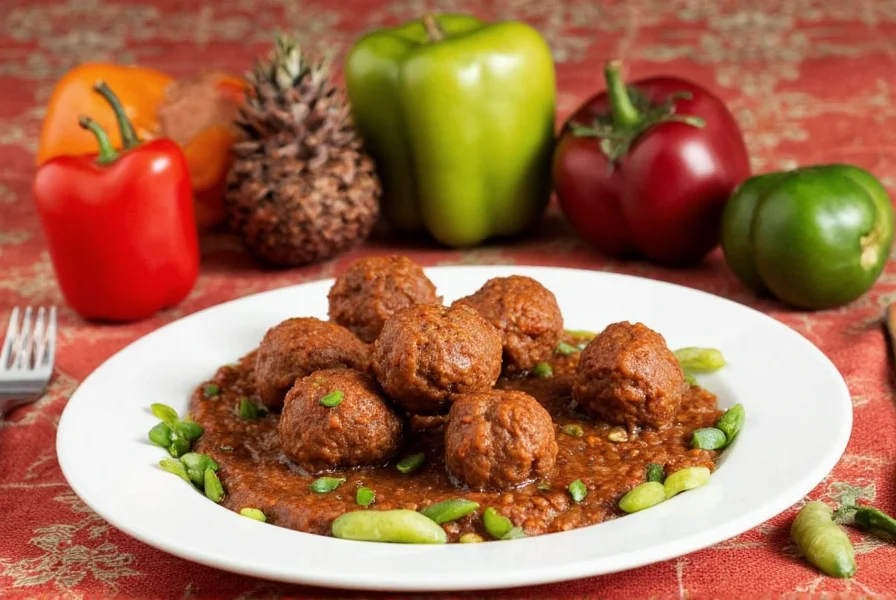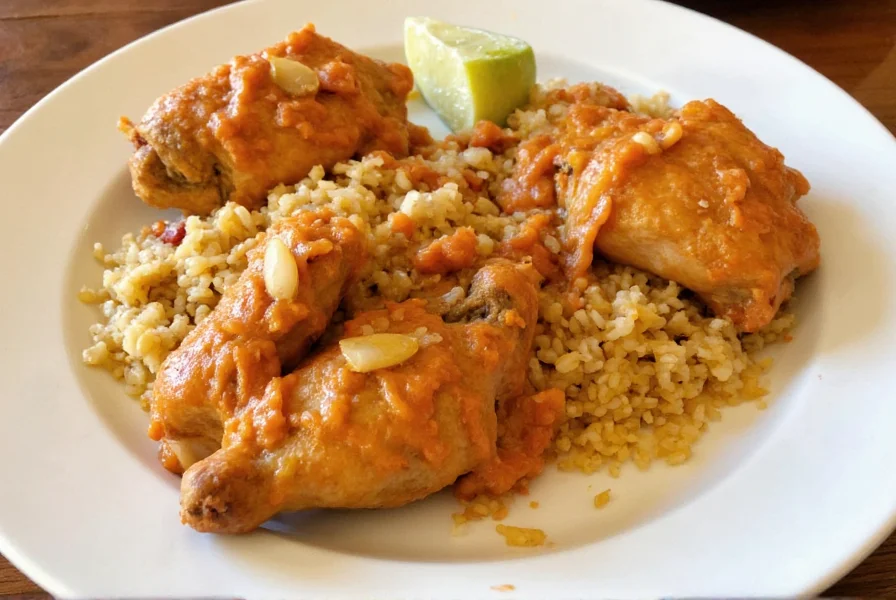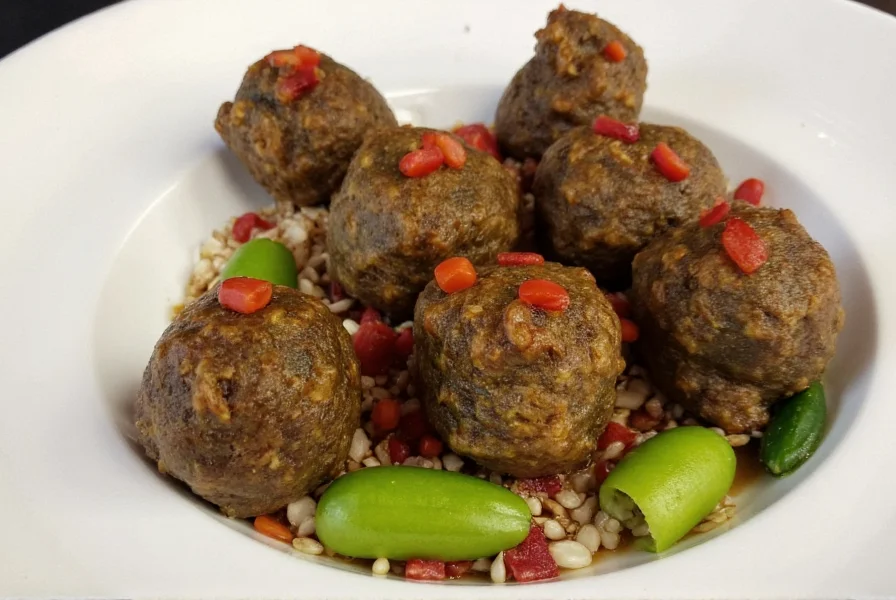A Spicy Journey: Discovering the Flavor of Persian Dolma
Table of Contents
Introduction to Persian Dolma
Persian dolma is a beloved dish that has been part of Iranian cuisine for centuries. The word "dolma" comes from the Persian verb "doridan," which means to wrap or fill. In its most common form, dolma consists of grape leaves stuffed with a mixture of rice, herbs, and sometimes meat, all seasoned with a variety of spices.
The beauty of Persian dolma lies in its balance of flavors—fresh, savory, and aromatic. It's often served as a main course or a side dish, especially during festive occasions and family gatherings. Whether you're an experienced cook or a curious foodie, learning about persian dolma can open up a whole new world of taste and tradition.
Global Spice Traditions and Their Influence on Dolma
Spices are at the heart of every great dish, and Persian dolma is no exception. The use of spices in this dish reflects the broader global spice traditions that have shaped culinary practices across different cultures. From the fragrant saffron of the Middle East to the bold cumin of North Africa, each region brings its own unique flair to the table.
To understand how these global spice traditions influence persian dolma, let's take a closer look at some key ingredients:
| Spice | Origin | Flavor Profile | Use in Dolma |
|---|---|---|---|
| Saffron | Persia (Iran) | Earthy, floral, slightly sweet | Used to color and flavor the rice |
| Cumin | Middle East/North Africa | Warm, nutty, slightly bitter | Added to the rice mixture for depth |
| Coriander | Mediterranean/Asia | Citrusy, slightly sweet | Enhances the overall aroma and taste |
| Ginger | Asia | Pungent, spicy, warming | Used in marinades or as a garnish |
| Sumac | Middle East | Tart, tangy, citrusy | Often sprinkled over finished dishes for brightness |
These spices not only add flavor but also carry cultural significance. For example, saffron has long been considered a luxury item in Persian culture, symbolizing wealth and refinement. Meanwhile, cumin and coriander are staples in many Middle Eastern kitchens, adding warmth and complexity to dishes like persian dolma.

Essential Cooking Tips for Making Persian Dolma
If you're ready to try your hand at making persian dolma, here are some practical tips to help you get started:
- Choose fresh grape leaves: Look for leaves that are tender and pliable. Canned leaves can work, but fresh ones will give your dish a more authentic taste and texture.
- Prepare the rice properly: Rinse the rice thoroughly before cooking. Some recipes call for soaking it in water for a few minutes to remove excess starch.
- Balance the seasonings: Use a mix of spices to create layers of flavor. Don't be afraid to experiment with proportions to suit your taste.
- Don’t overfill the leaves: Each leaf should be wrapped tightly but not packed too full. This ensures even cooking and prevents the filling from spilling out.
- Let it rest: After cooking, allow the dolma to sit for a bit so the flavors can settle and the rice can absorb any remaining moisture.
Another tip is to add a bit of lemon juice or sumac to the rice mixture. This adds a refreshing contrast to the rich, savory flavors of the dish.

Buying Guide: How to Choose the Best Ingredients for Dolma
Choosing the right ingredients is crucial for making a delicious batch of persian dolma. Here’s a detailed guide to help you select the best products for your recipe:
1. Grape Leaves
Look for fresh, unblemished grape leaves. If you can't find them fresh, choose high-quality canned ones that are still firm and not overly soft. Brands like Freshleaf or Marzetti offer good options.
2. Rice
Long-grain white rice works best for dolma because it stays separate and doesn’t become mushy. Basmati rice is a popular choice due to its delicate aroma and fluffy texture.
3. Spices
For authenticity, opt for whole spices that you can grind yourself. Penzeys and McCormick are reliable brands offering a wide range of high-quality spices. Saffron threads, ground cumin, and coriander seeds are must-haves.
4. Herbs
Fresh parsley and dill are essential for the stuffing. You can also add a pinch of mint for a bright, herbal note. Herbivore Botanicals offers organic, high-quality herbs if you're looking for premium options.
5. Optional Add-ins
Some recipes include ground lamb or beef, while others go vegetarian. If using meat, choose lean cuts for a lighter flavor. For vegetarians, chickpeas or lentils can be a great alternative.
When shopping for these items, consider the occasion. A simple weeknight meal might call for store-bought canned leaves and pre-packaged spices, while a special dinner could justify the extra effort of using fresh ingredients and artisanal spices.

Conclusion
Persian dolma is more than just a dish—it's a celebration of culture, tradition, and the art of cooking. With its rich blend of spices and fresh ingredients, it offers a unique and satisfying experience for anyone who loves exploring global cuisines.
Whether you're an advanced cook or a casual food lover, trying your hand at making persian dolma can be both fun and rewarding. As you experiment with different spices and techniques, you'll discover the versatility and depth of this iconic dish.
So next time you're looking to bring some flavor into your kitchen, consider reaching for a bundle of grape leaves and a handful of spices. You may just find that persian dolma becomes one of your favorite dishes to make and share.











 浙公网安备
33010002000092号
浙公网安备
33010002000092号 浙B2-20120091-4
浙B2-20120091-4